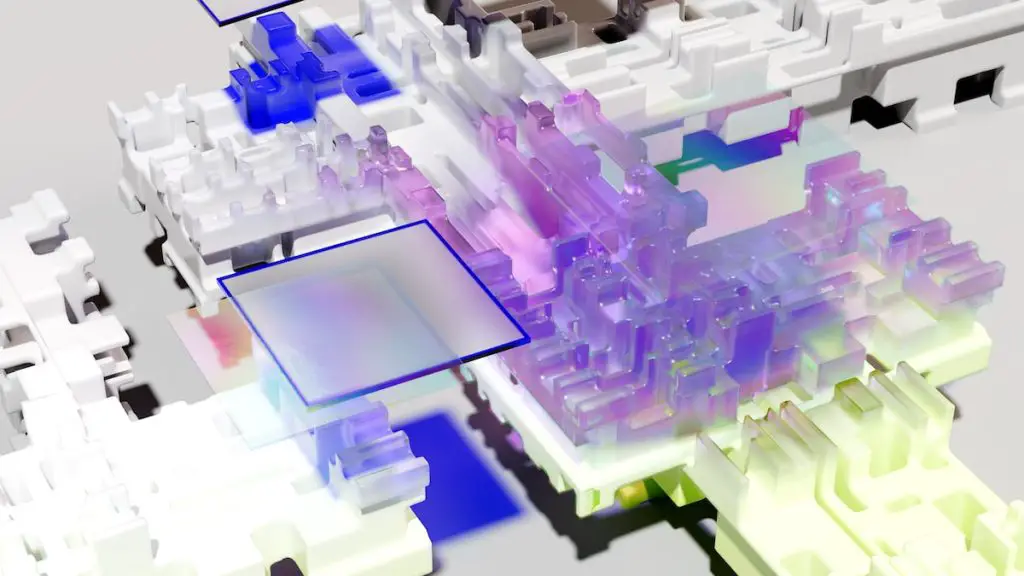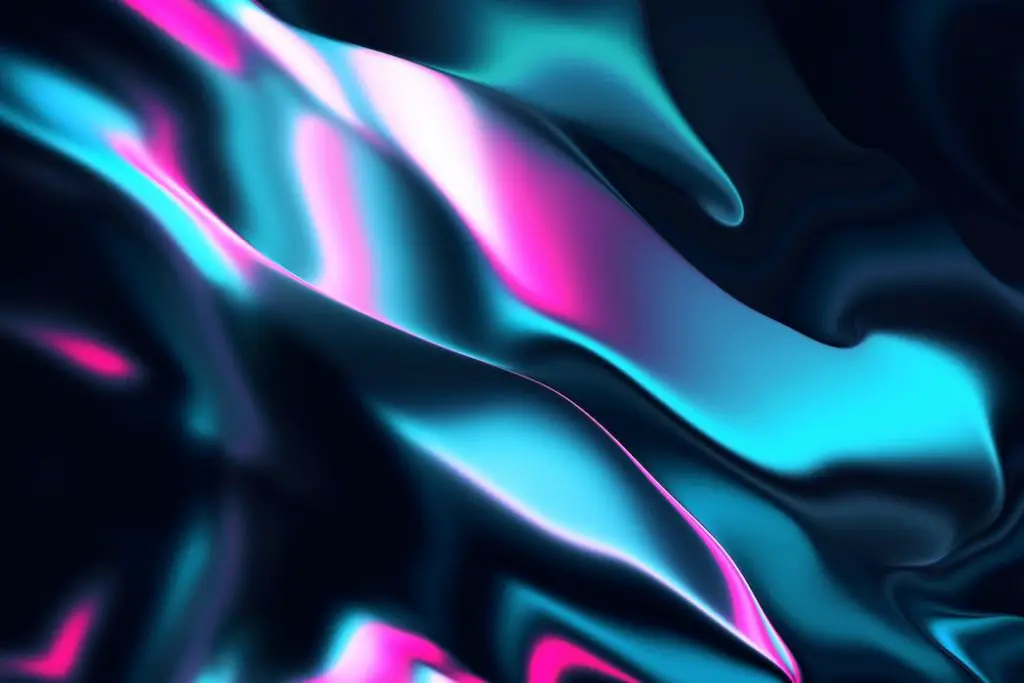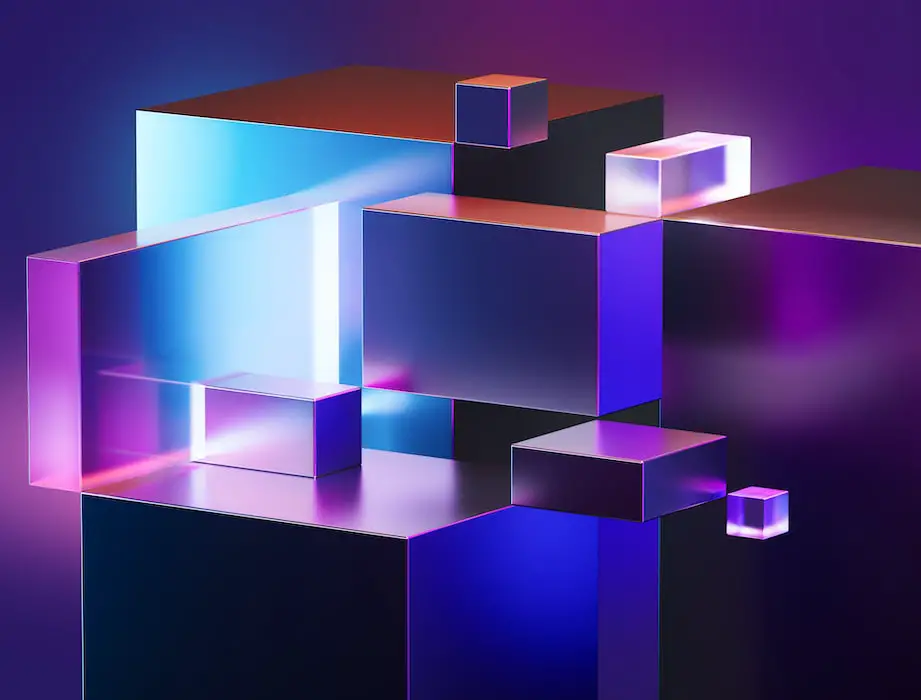A new form of art is taking the world by storm, and it’s not what you may think. Dall-E is an artificial intelligence program that creates images from textual descriptions, and the results are often eerily accurate to what humans would imagine. The AI is trained on a dataset of around 12 million images, which gives it a good foundation to start with when creating new art.
The art world is ever-changing, and so are the ways in which we review and critique art. With the rise of artificial intelligence (AI), some believe that this technology could be used to help with art reviews and criticism. There are a few different ways that AI could be used for this purpose.
One way would be to use AI to analyze a piece of art and generate a report on its meaning or interpretation. This could be helpful for getting an objective overview of work. Another way AI could be used is by providing suggestions for further reading or research on a particular artist or artwork.
This could help expand our understanding of the context surrounding a work of art. Of course, there are also potential drawbacks to using AI for art review and criticism. One worry is that AI might not be able to pick up on all the nuances and subtleties that make art so special.
Another concern is that AI might lead to more standardized, cookie-cutter reviews instead of encouraging creativity and original thought. Only time will tell how effective AI will be at reviewing and critiquing art. But it’s definitely an area worth exploring further, as it has the potential to change the way we engage with art forever.
DALL-E 2 – A Professional Artists’ Review (Are We All DOOMED?!)
Is Dall-E 2 Available to the Public?
Yes, Dall-E 2 is limited available to the public. It is currently in development by OpenAI and is only accessible to select researchers and employees of the company.
Is Dall-E 2 Good?
The OpenAI team recently released Dall-E, an AI model that can generate images from textual descriptions, and the results are pretty impressive! The team claims that Dall-E is the first model to successfully combine natural language processing (NLP) with computer vision (CV), and that it can generate “high-quality” images from textual descriptions.
So, is Dall-E 2 good?
In short, yes! The results are pretty amazing, and it’s clear that the team has put a lot of work into making this model as accurate as possible. However, there are still some limitations.
For example, the text input needs to be very specific in order for the model to generate an accurate image. Additionally, the generated images are not always perfect; they may contain some artifacts or be slightly blurry. But overall, Dall-E 2 is a great tool that can create realistic images from textual descriptions.

Can I Use Dall-E Ai?
Yes, you can use DALL-E AI. It is an open-source project that allows anyone to train their own AI models and use them for creative purposes.
Is Dall-E Free?
Yes, DALL-E is free.
Ai Art Generator
Ai Art Generator is a tool that allows you to generate art using artificial intelligence. It is based on the idea of generative adversarial networks, which are neural networks that can learn to generate new data from scratch.
Ai Art Generator consists of two parts: a generator and a discriminator.
The generator creates new images, while the discriminator tries to distinguish between real and fake images. As the two parts compete with each other, they both get better at their respective tasks, and the overall system gets better at generating realistic images.
You can use Ai Art Generator to create all sorts of images, including portraits, landscapes, abstractions, and more.
The results can be surprising and sometimes even beautiful. If you’re interested in exploring the possibilities of AI-generated art, Ai Art Generator is a great place to start.
Dall-E Examples
If you’re not familiar with OpenAI’s Dall-E, it’s a machine-learning program that creates images from textual descriptions, and it’s pretty amazing. For example, when asked to “draw a bird with a crown,” it produces this: Or when asked to “draw a kitten playing with a ball of yarn,” we get this:
As you can see, Dall-E is able to interpret natural language requests and generate corresponding images. But how does it work? Dall-E is based on a 12-billion parameter training version of the GPT-3 transformer model.
It was trained on a dataset of text+image pairs consisting of ~14 million captions describing ~170k unique real-world images. This dataset was generated by combining the Microsoft COCO dataset (80k images) with labels from the YFCC100M Flickr photo corpus (99M photos). The training objective for Dall-E is simple: given an input text description, generate an image such that humans would rate the image as highly plausible given the text description.
In other words, if I give Dall-E the text “a cat sitting on a mat,” it should generate an image like this: Not an image of a cat riding on top of a motorcycle wearing goggles (though that would be pretty funny).
Best Ai Art Generator
If you’re looking for the best AI art generator, look no further than Artbreeder. With Artbreeder, you can create stunning pieces of AI-generated art with ease. Simply select a base image and let the software do the rest.
Artbreeder will automatically generate a new image based on the selected base image. And if you’re not satisfied with the results, you can always edit the generated image to your liking.

Try Dall-E
Dall-E is a new artificial intelligence program that creates images from textual descriptions, and it’s pretty amazing. Created by OpenAI, Dall-E is based on a 12-billion parameter training version of the GPT-3 transformer model. And while it’s not perfect (it sometimes fails to capture the finer details), it does a pretty good job at creating images from text.
To see how Dall-E works, simply go to the website and type in a description of what you want to see. For example, I typed in “a cat sitting on a laptop” and got this image:
Pretty cool, right?
Let’s try another one. This time, I’ll describe an imaginary scene: “A group of people standing around in a circle, holding hands and looking up at the sky.”
And here’s the image Dall-E generated:
As you can see, Dall-E does a great job at creating images from textual descriptions. So if you ever need an AI system to generate an image for you (for whatever reason), be sure to give Dall-E a try!
Can I Use Dall-E
If you want to create an AI-generated image, you can now do so using Dall-E. This open-source tool was created by OpenAI, and it uses a 12-billion parameter training version of the GPT-3 transformer model to generate images from textual descriptions. For example, you can input the text “a group of people playing soccer” and Dall-E will generate a corresponding image.
Dall-E is still in its early stages, but it shows promise for creating realistic images from textual descriptions. In the future, this tool could be used to generate images for websites or even video games.
Ai Image Generator
Artificial intelligence has made it possible for us to create images that look real, but are actually generated by a computer. This technology is called “Ai Image Generator” and it is something that is being used more and more in the advertising industry.
Ai Image Generator works by using algorithms to create an image based on a set of parameters that you give it.
For example, you can tell the Ai Image Generator to create an image of a person with blonde hair and blue eyes. The computer will then generate an image that looks like a real photo of someone with those features.
Instead of hiring models and photographers to shoot ads, they can simply generate the images they need using Ai Image Generator. This also allows for more customization and flexibility when it comes to creating images, as you can change the parameters at any time to get different results. So far, Ai Image Generator has been used mostly for still images, but there is potential for it to be used for moving images as well.
This would open up even more possibilities for its use in advertising and other fields.
Dall-E Image Generator
If you’re looking for a fun way to spend some time online, you should check out the Dall-E Image Generator. This site allows you to input words or phrases and then generates images based on those inputs. The results are often humorous or surprising, and it’s a great way to kill some time and explore your creative side.
How to Use Dall-E 2
Dall-E is an artificial intelligence program that creates images from textual descriptions, revealed by OpenAI on January 5, 2021. It uses a 12-billion parameter training version of the GPT-3 transformer model to interpret the natural language inputs and generate corresponding images. Dall-E was trained on a dataset of text descriptions paired with corresponding images scraped from the internet.
To use Dall-E, one simply types or pastes in a natural language description of the desired image and hits enter. For example, inputting the sentence “a city made of Lego blocks” into Dall-E produces a credible-looking image of such a scene. The system does not require precise grammatical structure or vocabulary; it is designed to interpret partial sentences, slang, and even misspellings as well.
Conclusion
In his blog post, Dall E discusses how artificial intelligence can be used for art review. He cites a number of examples where AI has been used to create or enhance the artwork, including the use of Google’s DeepDream algorithm to generate images based on user-provided input. He also discusses how AI can be used to create new forms of art, such as generative music composition.
Overall, he believes that AI has great potential for creating and reviewing art and that we are only beginning to scratch the surface of what is possible in this area.


